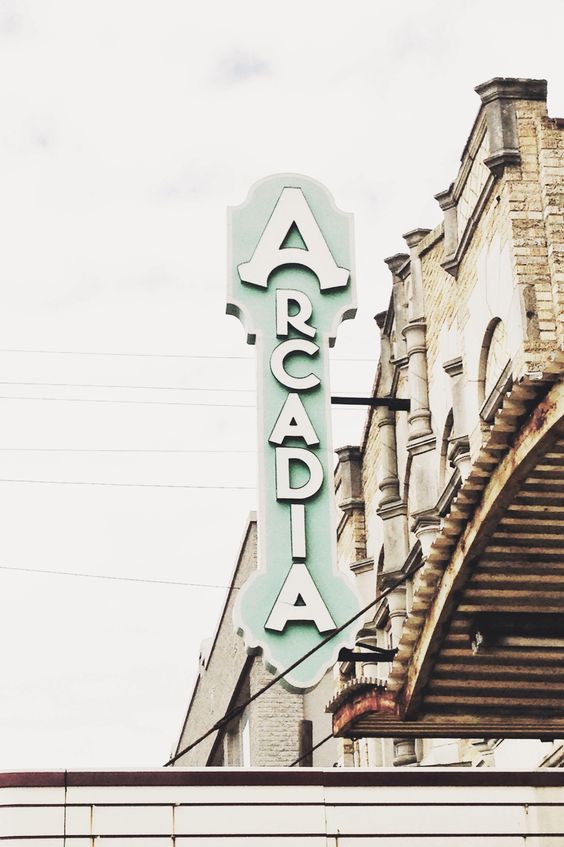LONESOME STRANGER
When it comes to Central Texas, I am sort of a stranger in a strange land. I grew up in East Texas and have deep genealogical roots in North and East Texas. I was born in San Marcos, which is halfway between Austin and San Antonio, but still…Central Texas and the Hill Country are not really where I am from.
I got plopped here in CenTex by a series of negative choices that turned out to be the best in my life. I have two beautiful twin daughters and a wonderful husband because I ended up here. I worked for the U.S. Army at Fort Hood for four years and am now at Central Counties Center for Mental Health and Mental Retardation Services. This current job requires me to mix quite a bit with the fine folks of Bell, Coryell, Hamilton, Lampasas, and Milam Counties.
I’m up to my eyeballs in CenTex.
How is all this different than East Texas? To be honest, East Texas is more like Louisiana. I grew up in the last bastion of the Old South in the midst of a lot of sand, pine trees, the occasional swamp, Cajun music and food, and “Who are your mama’s people?” People are perfectly welcoming and warm, but in East Texas, if your parents’ families didn’t settle in the area in the middle of the 19th century when fruit farming was the main industry prior to Dad Joiner and the Daisy Bradford #3, you will never be a part of the social scene, and certainly not the “Texas” (read: TYLER) Rose Festival. My mother’s people on her father’s side moved to Smith County around 1900 from Carthage in Panola County. Prior to that, they populated Louisiana and Alabama…but not Smith County, Texas. So my mother’s people are “new” to Tyler via Arp, Texas. My mother was born in Kansas City, MO. That, to East Texans, is almost unspeakable. There’s a dash of Yankee in my bloodline which makes me an untouchable in the Tyler caste system.
CenTex differs in that, besides sitting at the gateway to the Texas Hill Country, nowadays most people living and working there are from other parts of Texas, if not the world. Interstate 35’s construction bomb crater and nearby Fort Hood have brought in “foreigners,” and Temple has begun to show it. Restaurants are more upscale and there are more chain eateries now. Craft beer joints, particularly those featuring Texas craft beers, have sprung up in town.
Downtown Temple has an excellent Irish pub, and the area is beginning to show signs of revitalization, not to mention the residential area building boom happening west of I-35. Ten years ago, when I moved to the area, people gave outsiders the stink-eye for being from elsewhere, unless those outsiders were associated with the military. Now, nobody here cares about the pinch of Midwesterner spice (oxymoron) in my pedigree. They’re pretty friendly with the Texans who are non-Temple-ites. Or Templonians. Or Templars. Or whatever we’re called. I’ve now lived here longer than I’ve lived anywhere else in the world. That does not make me a native “Templar,” but it does make me a familiar face.
Temple/Belton, where I reside, has much more in common with North Texas regarding topography. Our black dirt is the same ankle-sucking, baby chicken-eating goo that Tarrant and Dallas Counties have. When Temple was in its infancy, its nickname was “Tanglefoot,” because people got stuck just walking down the unpaved streets after a good rain. The site was called Temple Junction by the Gulf, Colorado and Santa Fe Railway in honor of Bernard Moore Temple, chief engineer of the railroad. I read somewhere that one proposed name for Temple was “Prairie Queen.” I chuckled at the thought of moving here and being called a “Prairie Queenian” as a resident.
The thing that gets me about Temple, and what it has in common with Tyler and the smaller towns and cities of Tarrant, Dallas, Ellis, Hill, McLennan, and Falls counties is that occasionally I see a rancher with his cutting horse and a couple of cows in a stock trailer headed to the sale barn or another pasture on my drive home from work in the afternoons. For all the progress and changes in population demographics, and no matter what part of Texas, there is that iconic cowboy of legend in his pickup truck hauling his horse and some beef bovines and still doing his job as generations have done before him. Seeing that gives me a sense of comfort in that, no matter how the world has changed around us, the icons of Texas and Texans remain…and I’m home here no matter where I live.



Comments
Post a Comment